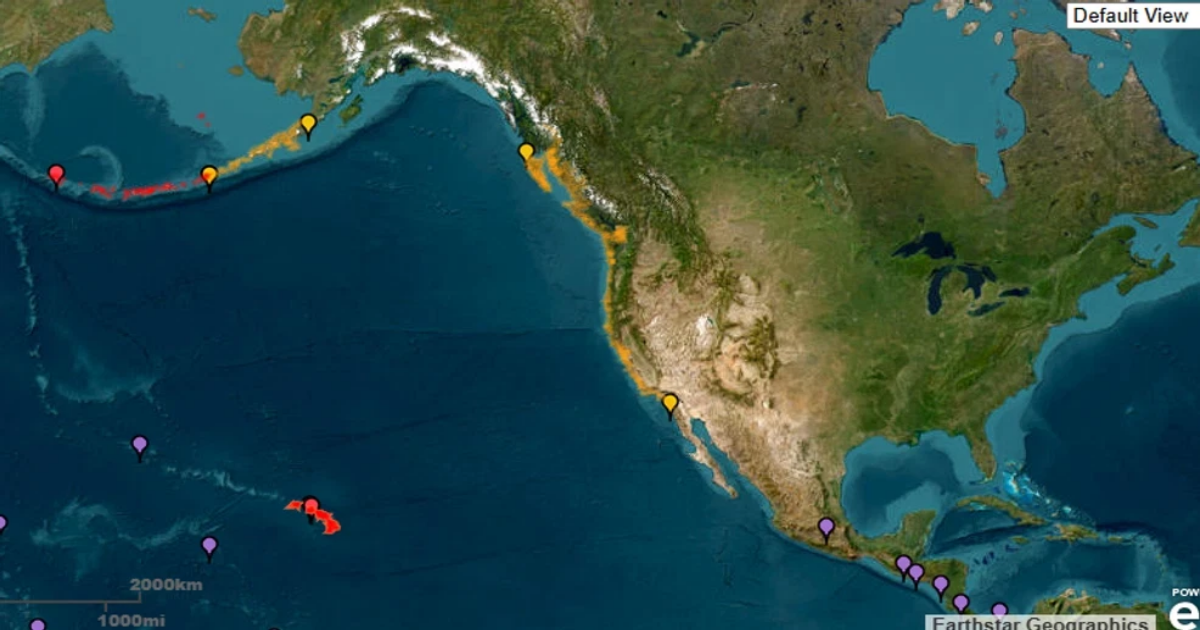WASHINGTON STATE — A massive 8.8-magnitude earthquake off the coast of Russia’s Kamchatka Peninsula is now the sixth strongest earthquake ever recorded, and it’s sending shockwaves across the Pacific.
The tsunami alerts reached the Washington coast on Tuesday.
University of Washington Professor Harold Tobin was monitoring the earthquake and tsunami impacts with the Pacific Northwest Seismic Network, including what to expect in Washington state. He told KOMO News that if the tsunami arrives at the coast, it would happen sometime between 11:30 p.m. and 2 a.m.
RELATED: Tsunami hits coastal Russian Islands and Japanese island after 8.8 magnitude earthquake
We work on this kind of earthquake-tsunami data research all the time here at UW,” Professor Tobin explained. “I would worry more about the open Pacific coast out there between Neah Bay and Grays Harbor down to the Columbia River mouth. That is where the impact is likely to be the greatest if there is an impact, and we don’t know yet.
What was originally a tsunami watch was upgraded to a tsunami advisory by Tuesday evening. Professor Tobin said that means people should move off beaches or very low-lying areas at the water’s edge, and be aware of the potential for dangerous tsunami waves.
“Coming into the Puget Sound, the tsunami could get smaller. However, that doesn’t mean there’s no chance of – especially in harbors and marinas- some damaging impact from surges of water,” Tobin said.
Also in Seattle, Research Oceanographer Vasily Titov with the Pacific Marine Environmental Lab said he anticipated some flooding as he tracks real-time tsunami forecasts, first for Hawaii, then the west coast to send alerts, if needed. He noted that any evacuation decisions would be determined by local officials.
RELATED: Learning from history: How past tsunamis shape Washington’s current preparedness
We want to know how large this event is going to be at the coastlines and then warn the people at those coastlines,” Titov explained. “There is some uncertainty about how large this tsunami is going to be. But this uncertainty is narrowing by the minute and we are pretty confident there will be some action, some flooding in some areas of the West Coast- not very drastic. But Hawaii, for example, will have quite a bit of flooding and is under a warning.
Tobin emphasized that people should not try to be a “tsunami tourist” and try to see the impacts at the beaches.
Continue to check the Tsunami Warning Center’s website for real-time updates here.
Japan issued a tsunami alert shortly after the quake hit for a tsunami of up to 3 meters across the Pacific Coast. A tsunami warning was also extended to Hawaii.
